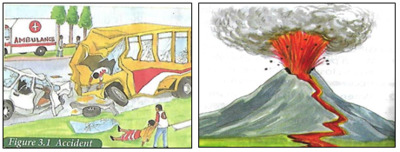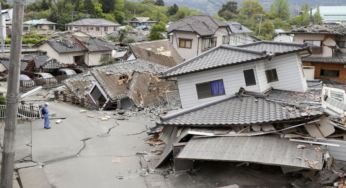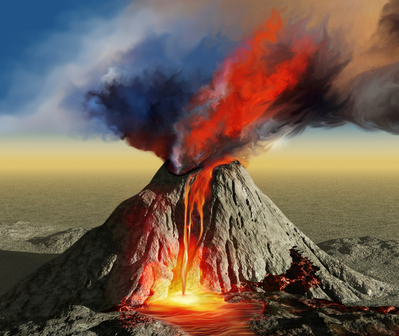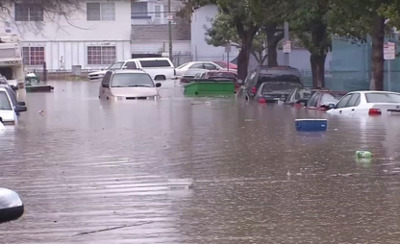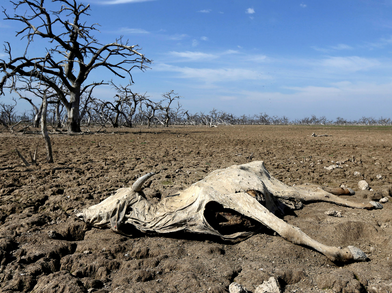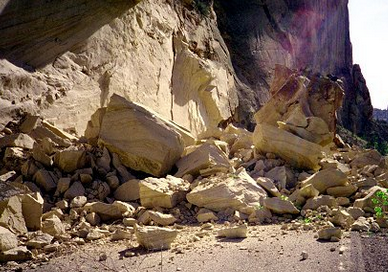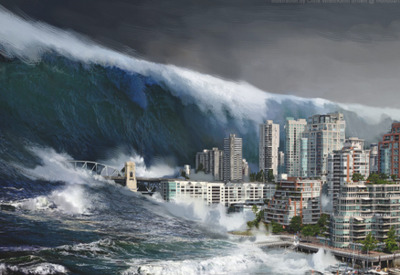| Home » Articles » LESSON NOTES (Social Studies) » Upper Primary |
|
A disaster is any sudden event which causes great damage to property or loss of life. Disasters are sometimes referred to as calamities or catastrophes. There are two types of disasters which are:
Natural disasters occur naturally without human action, examples are:
This is the sudden shaking of the ground as a result of movement of tectonic plates. Earthquake is measured by instrument called Seismograph.
This is the ejection of hot steam, magma and rock fragments through openings in the earth’s surface. When magma cools and solidifies it forms A volcanic mountain and rocks called igneous rocks. A mountain formed by accumulation of magma is called a volcano . A volcano has a hole called crater at the top.
Flood is a large amount of water that has spread all over an area of land that should be dry. Floods can occur due to heavy rainfall.
A drought is an extended period of months and years without rain, this causes desertification. Desertification is the process in which useful land turns into a desert, this may cause famine. Famine is the situation when a certain area lacks enough food for a long period of time, this may cause diseases and loss of life.
This is the movement of loose materials down a slope without the help of any agent like running water or human force. This may cause destruction of buildings, bending of fences, loss of life.
An epidemic is the outbreak of a disease that spreads out very quickly and affects many people or animal at the same time. When Endemic spreads over the whole country or world, it is called pandemic.
A tsunami is a very large wave in the sea. Tsunamis are caused by disturbances such as Earthquake or volcanic eruption which occur under water. Tsunamis may cause disasters like loss of life and destruction of property.
Man-made disasters occur because of human action such as accidents, war, terrorism, stampedes and riot.
EFFECTS OF DISASTERS
PRECAUTION TAKEN BEFORE, DURING AND AFTER DISASTER
************ END *************** | |
| Views: 837 | | |
| Total comments: 0 | |
